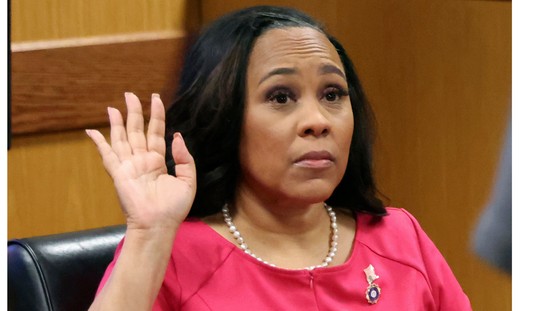If you live in the United States, have you gotten the impression lately that there are more women than men these days? Or perhaps the opposite? It might not be your imagination according to new data from the U.S. Census Bureau. And this has nothing to do with the transgender movement. We’re talking about actual biological males and females. The numbers have traditionally been fairly close to even, but that’s beginning to change. However, it depends on where you live. East of the Mississippi River, women now outnumber men. Out west the opposite is true. But what’s the reason? That’s the real mystery. (Associated Press)
Anyone who has suspected that there are more women than men where they live, or vice versa, will find fodder for their suspicions in new data from the U.S. Census Bureau.
Whether it refutes or confirms their suspicions likely depends on where they live.
Women outnumber men in the largest urban counties east of the Mississippi River, along the Eastern Seaboard and in the Deep South, while the West skews male, according to data released last week from the 2022 American Community Survey 5-year estimates, the most comprehensive source of data on American life. Those numbers were also backed up by age and sex figures from the 2020 census released earlier this year.
Women are outpacing the men across the entire country on average, but the difference is significantly more pronounced in some areas than others. The Census Bureau found that for the entire country, there are 96.6 adult men for every 100 adult women. That’s already a significant difference when you multiply it out across the entire population. But in some places such as DeKalb County, Georgia, there are 87.1 men for every 100 women. That’s a shockingly disproportionate situation.
What could be causing this? One big factor is probably the fact that the women are simply outliving us. The average life expectancy for men fell to 73.2 years in 2023. For women, the figure remains at 79.1. That’s the largest gap that has been measured in decades. However, that doesn’t account for all of the gaps being observed. If that were the only factor, the major disparity would be among the elderly, but it’s being seen in nearly all age groups.
The problem isn’t found in the birth rates for each gender. In fact, those figures skew slightly in the other direction. Male babies outnumber girls at a rate of 51 to 49. Another possible culprit we can rule out is sex-selective abortion. The data is rather sketchy, but it appears that women are more likely to prefer to have a son and girls are slightly more likely to be aborted.
So does this all come down to migration patterns? Remember, we somehow wound up with slightly more men than women in the West while the opposite is true in the East. If the two genders are entering the world in roughly the same numbers, are men simply more likely to move west while more women head for the east coast? Unfortunately, that’s one of those figures that does not appear to be trackable at present. But if you’re a guy who’s having a hard time finding a date and a nice girl to settle down with, you may want to consider moving to Georgia. It sounds like your odds could improve considerably.








Join the conversation as a VIP Member